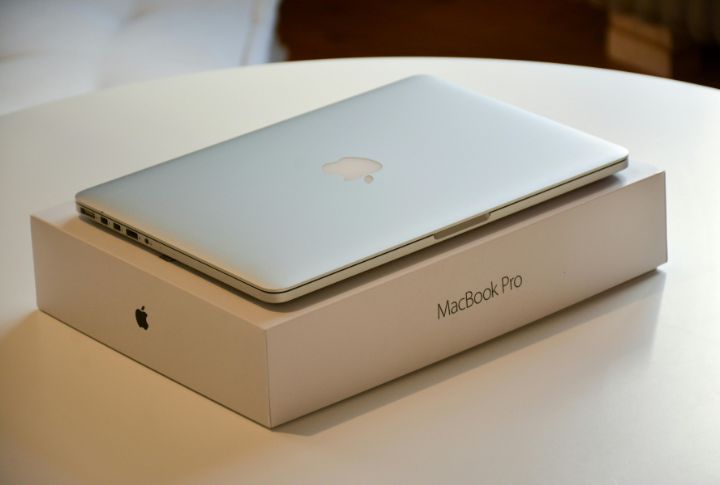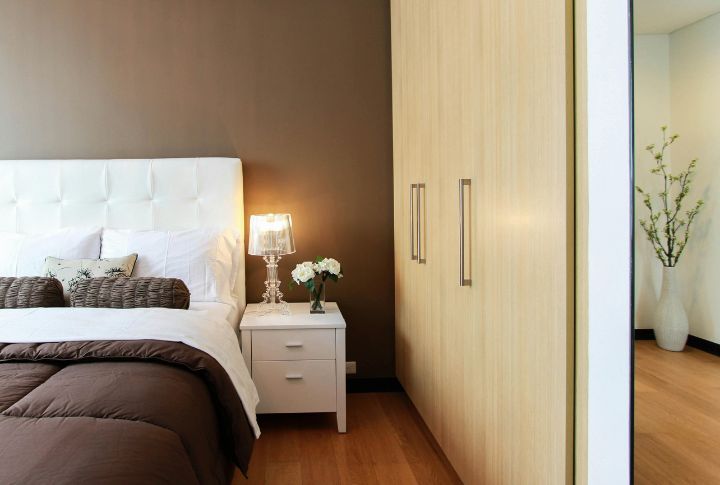
Think back to what your parents called a “normal” middle-class lifestyle. For today’s families, those same basics feel increasingly out of reach. Rising costs and shifting priorities are reshaping what it means to be comfortable. The real surprise? Many everyday things you probably think of as affordable are getting out of reach. Let’s take a look at what’s changed for middle-class families.
Owning A Home With A Mortgage

In 2022, Pew Research defined U.S. middle-income households as those earning between approximately $56,600 and $169,800 (for a family of three). Many of those in that band still struggle to qualify for mortgage loans. We often assume that having a house with a mortgage is just part of “normal life.” But that’s a huge privilege now.
Having Two Cars In One Household

It feels like a given: one car for each partner or for different needs. Today, that’s a huge financial burden. Car payments, insurance, maintenance, and fuel add up to your regular costs. Many middle-class families delay purchases or keep older, less safe models because doubling those costs is a hard call.
Taking Annual Vacations

A national poll commissioned by the National True Cost of Living Coalition reports that 65% of middle-class Americans say rising expenses feel like a permanent weight on their wallets. Therefore, many families treat annual vacations as luxuries. Dial back a decade, and those family trips used to be non-negotiable.
Access To Employer-Sponsored Health Insurance

Think every steady job automatically comes with health insurance? Not so fast. Employer coverage is far from universal. In states with weaker systems, families face crushing medical bills or inadequate plans that strain budgets. For those people, reliable health benefits remain less a guarantee and more a fragile privilege.
Sending Kids To College Without Lifelong Debt

Gone are the days when middle-class families could confidently send children to college without mortgaging their future. Today’s median household income of $83,730 proves woefully inadequate against spiraling education costs that outpace inflation. Even $150,000 in annual earnings barely secures middle-class status in certain states.
Upgrading To New Electronics Every Few Years

We view technology upgrades as standard practice to keep up with the latest in the market. However, if your household income is around $120,000, regular costs can quickly consume funds kept for such purchases. It has transformed what was routine into a marker of economic privilege.
Having Spare Bedrooms Or Guest Rooms

Those extra bedrooms that once hosted family visits and holiday guests are becoming a luxury many middle-class families simply can’t swing anymore. The housing crunch of 2025 hits especially hard in bustling economic hubs, where even earning $67,000 in states like Massachusetts barely gets you through the middle-class door (as per Patriotledger).
Maintaining A Retirement Savings Account

For many middle-class families, this rise in living costs and stagnant wages means savings accounts are neglected just to cover everyday expenses. Two decades ago, saving for retirement was a built-in step toward financial security. Now, it feels increasingly out of reach.
Dining Out Regularly

When even six-figure households report unprecedented financial anxiety in the pandemic’s wake, it’s no surprise that dining out has become a stark economic indicator. Higher-income families still frequent restaurants. As for middle-class families, they view eating out as a luxury in today’s world.
Living In A Prosperous State

Life in states with thriving industries, modern infrastructure, and high salaries is no longer a standard experience. Behind those higher wages are soaring housing prices, heavy taxes, and expensive daily services. So, what appears “normal” to outsiders is sustainable only for homes with substantial earnings or very specific advantages.
